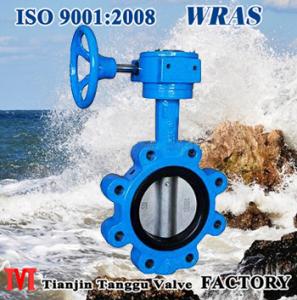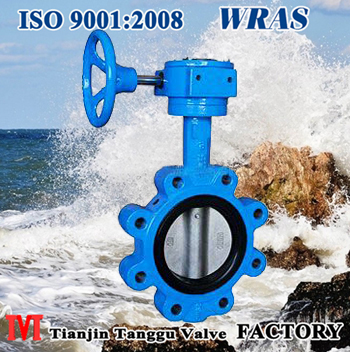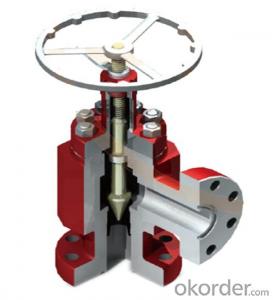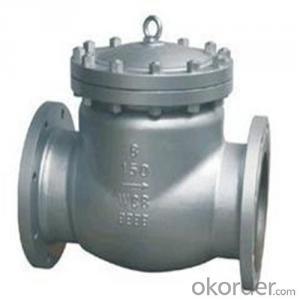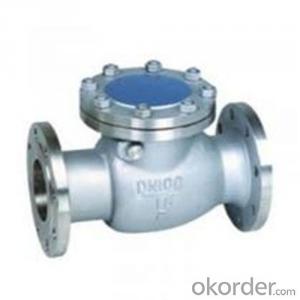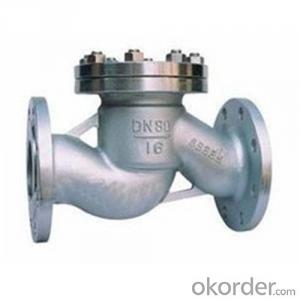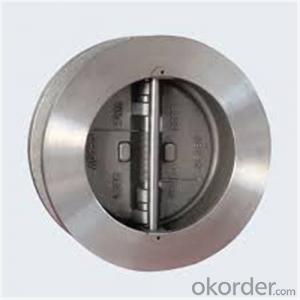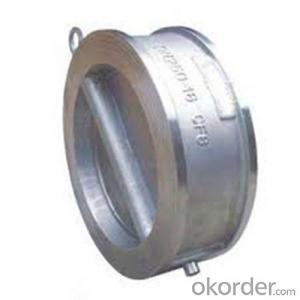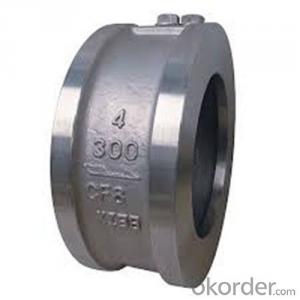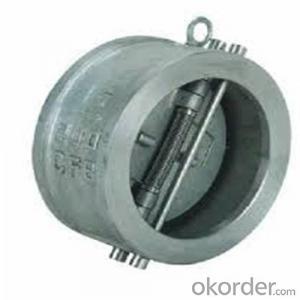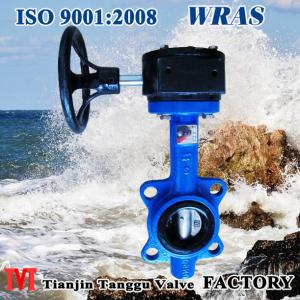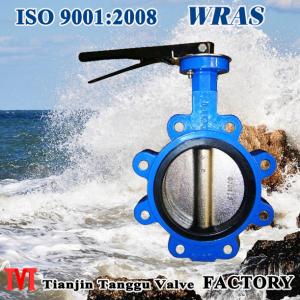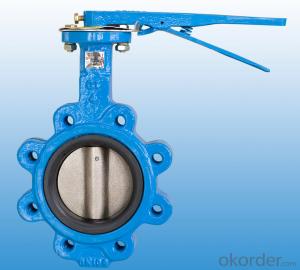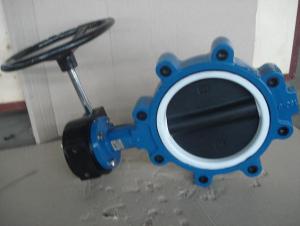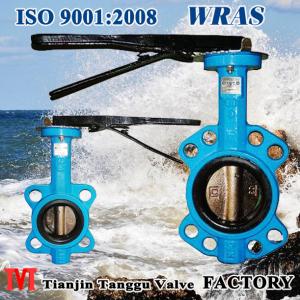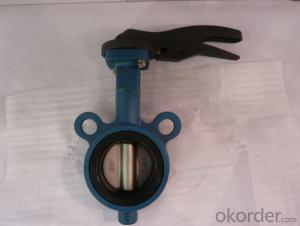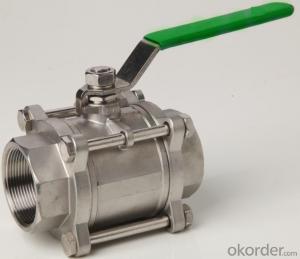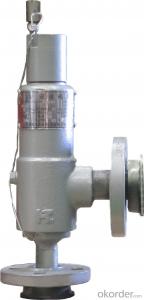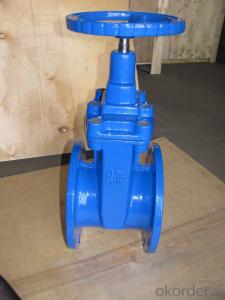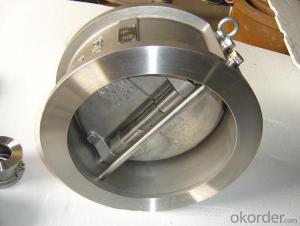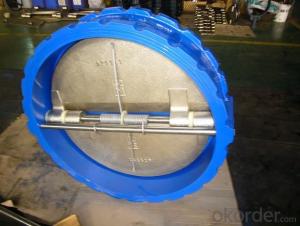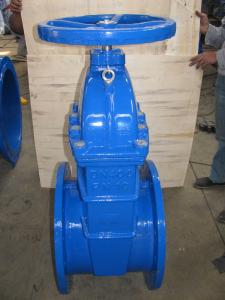| Packaging Details: | Standard export packaging: plywooden case, Or as per clients' requirements. |
|---|---|
| Delivery Detail: | Within 15-30 days after receipt of L/C or deposit by T/T |
Specifications
1.2"~48".
2.PN:1.0/1.6MPa.
3.different standards.
4.center line butterfly valve.
5.rubber/PTFE seat, soft sealed.
Features:
1.Small in size and light in weight. Easy installation and maintenance. It can be mounted wherever needed.
2.Simple and compact construction, quick 90 degree on-off operation.
3.Flow curve tending to straight line. Excellent regulation performance.
4.Long service life. Standing the test of thousands opening/closing operation.
5.Wide selection of materials, applicable for various media.
Standard:
Design standard | Face to face | End flange | Test & inspection |
MSS SP-67 API609 EN593
| API609 ISO5752 series 20 BS5155
| DIN PN10/16/25 ANSI B 16.1 BS4504 ISO PN10/16 JIS B 2212/2213 BS 10 table D BS 10 table E | API 598 |
Performance:
PN(MPa) | DN(mm) | Testing Pressure (MPa) | Applicable Temp. °C
| Applicable Medium | |
Shell | Sealing | ||||
1.0/1.6 | DN50 ~ DN1000 | 1.5 | 1.1 | -45~ 150 | Fresh water, Sewage, Sea water, Air, Vapor, Food, Medicine, Oils, Acids, Alkalis, etc. |
Material List:
| Part Name | Material |
| Body | CI/DI/WCB/SS |
| Disc | DI/ALB/WCB/MONEL/CF8/CF8M |
| Stem | SS416/SS304/SS316/WCB |
| Seat | EPDM/BUNA/NBR/NR/PTFE/HYPALON/VITON/NEOPRENE |
